History of FloAtation Therapy
The first floatation tank was developed in 1954 by the American neurophysiologist Professor Dr. John C. Lilly while working at the National Institutes of Mental Health (NIMH) in Bethesda, Maryland. Together with his associate Dr. Jay Shirley, Dr. Lilly became intrigued by the question of the origins of conscious activity within the brain. The question was whether the brain needed external stimuli to keep its conscious state going.
Lilly and his associate set to work trying to devise a system that would restrict environmental stimulation as much as was practical and feasible. Lilly's first tank was one in which the floater was suspended upright, entirely underwater, head completely covered by an underwater breathing apparatus and mask. Tanks of those days would be very intimidating to the average person. Over the years Lilly continued his experiments with floatation, simplifying and improving the general design of the tank. Dr. Lilly found that he could float in a more relaxing supine position, rather than suspended feet downward in fresh water, if more buoyant salt was used. Today's tanks have water that is only about a foot deep.
Other refinements, such as water heaters with thermostats sensitive enough to keep the water at perfect temperature, and air pump to keep the air in the tank fresh, and a water filter for the reuse of the Epsom salts were added over the years. By the early 1970s, Lilly had perfected his floatation tank, which is similar in many ways to the design used today. The floatation tank which Dr. Lilly designed has not only been used by neurologists at university medical faculties; scientists in other fields of research have shown increasing interest in the flotation tank and its effects on the human body and mind.
In 1982, the International REST Investigators Society (IRIS) was founded in order to give the increased number of REST researchers (REST stands for Reduced Environmental Stimulus Therapy) a platform to share their research findings. For several years, float tanks were solely used by researchers in university laboratories or by private individuals. In 1983 floating increased in popularity as more became known about it's effects.
Today, floatation tanks can be found in health spas, hospitals, fitness centers, professional sport centers, bio-fitness institutes, and are used for "super learning" courses by universities. Floating is everywhere!

